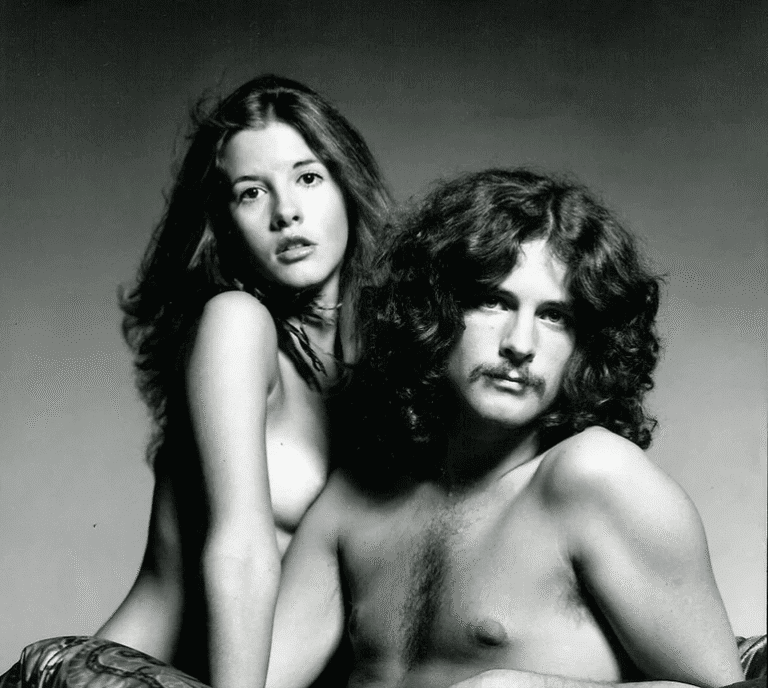In 1973, before Fleetwood Mac would redefine the sound of a generation, Stevie Nicks and Lindsey Buckingham were still aspirations wrapped in chiffon. Their debut, Buckingham Nicks, was modest in ambition, but the album’s contrast between innocence and exposure would land not in record shops, but in rock photographs.
Stevie spent her last $111 (about $786 in today’s money) on a delicate hand-painted chiffon blouse for the photo shoot with photographer Jimmy Wachtel, a trusted friend and brother to guitarist Waddy Wachtel. The shoot began as planned: chiffon blouse, an intimate, tasteful portrait of the duo. Then Jimmy and Lindsey urged Stevie to remove it, a shift that would change everything.
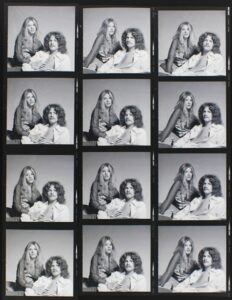
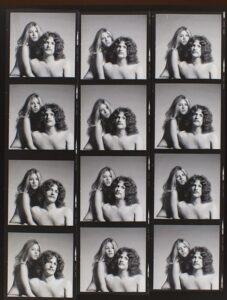
In a MOJO interview roughly four decades later, she recalled how terrified she was:
“I went out and spent my last $100 on a beautiful, hand‑painted chiffony blouse … I’m actually quite prudish… When they suggested they shoot Lindsey and I nude I could not have been more terrified if you’d asked me to jump off a speeding train… But then it was, ‘OK—now without the blouse.’ I couldn’t breathe. But I did it because I felt like a rat in a trap.”
The emotional fraying is evident in Stevie’s words: crying on set, feeling coerced by trusted collaborators, trapped by the promise, or threat, of art. Lindsey’s insistence, “Don’t be a child, this is art,” struck her then as dilution of her personal boundaries, and she says so even now.
Her father was upset when he saw the album cover. “Why didn’t you just say no?” he asked her. And it was that question, Nicks has said, that changed how she thought about agency and consent. “You always have a choice,” he told her.
Despite the cover’s notoriety, Buckingham Nicks failed commercially. Polydor Records barely promoted it, and Stevie later admitted, “I couldn’t even find our album in the record shops, let alone hear it on the radio”.
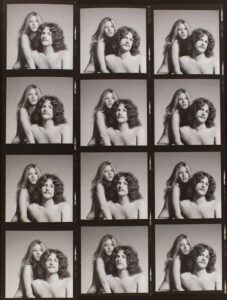
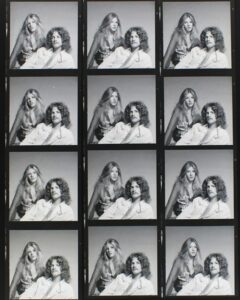
The cover remains an iconic image: gorgeous, evocative and charged. But its beauty carries layers of complexity, artistic vision, coercion, regret, and each undercuts the simple narrative of youthful liberation.
Seen through Stevie’s eyes, the shoot is a study in imbalance. To her it wasn’t artistry but a betrayal of boundaries. And yet, it helped set her on the path to global fame and eventually, rock royalty..
